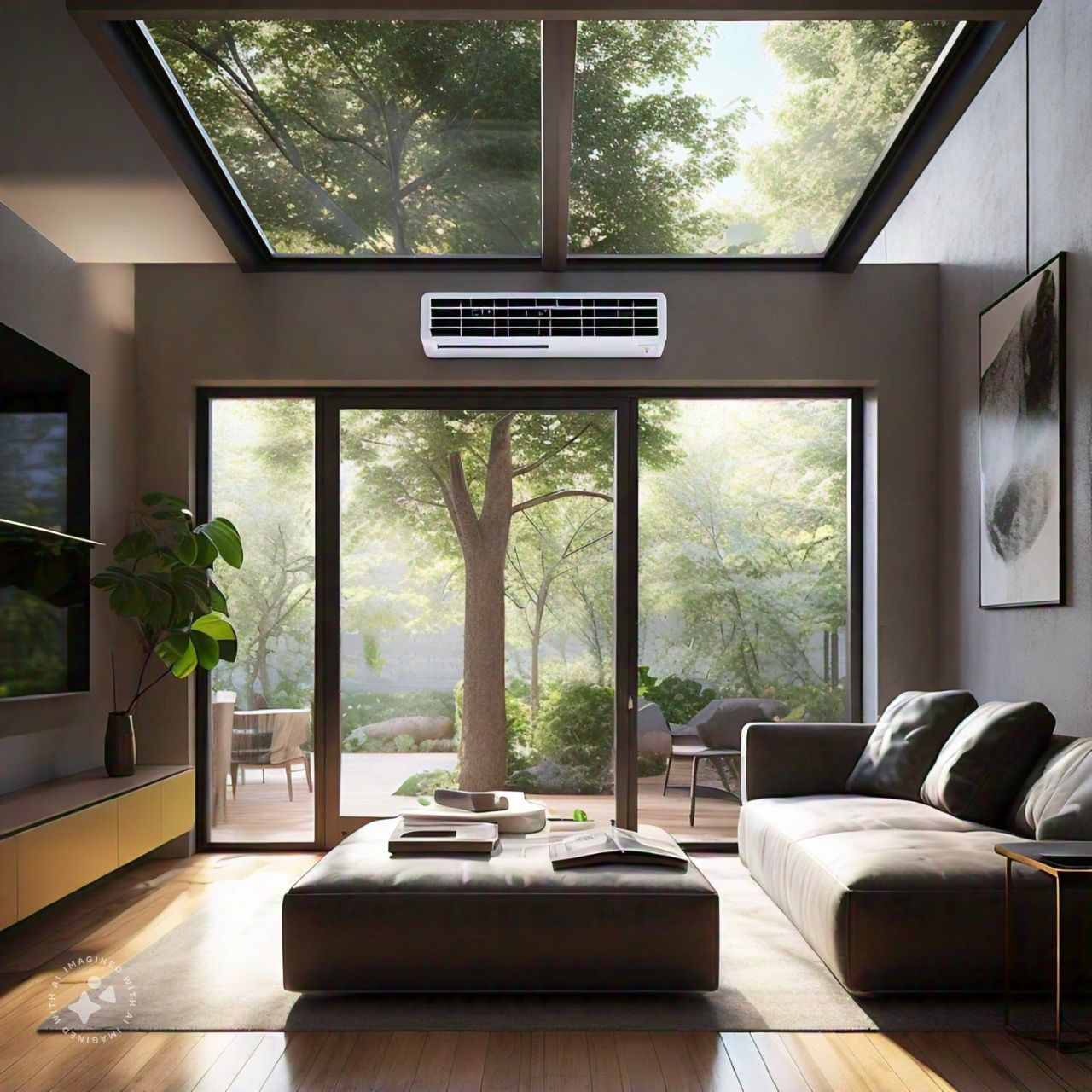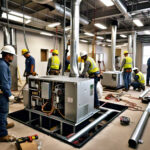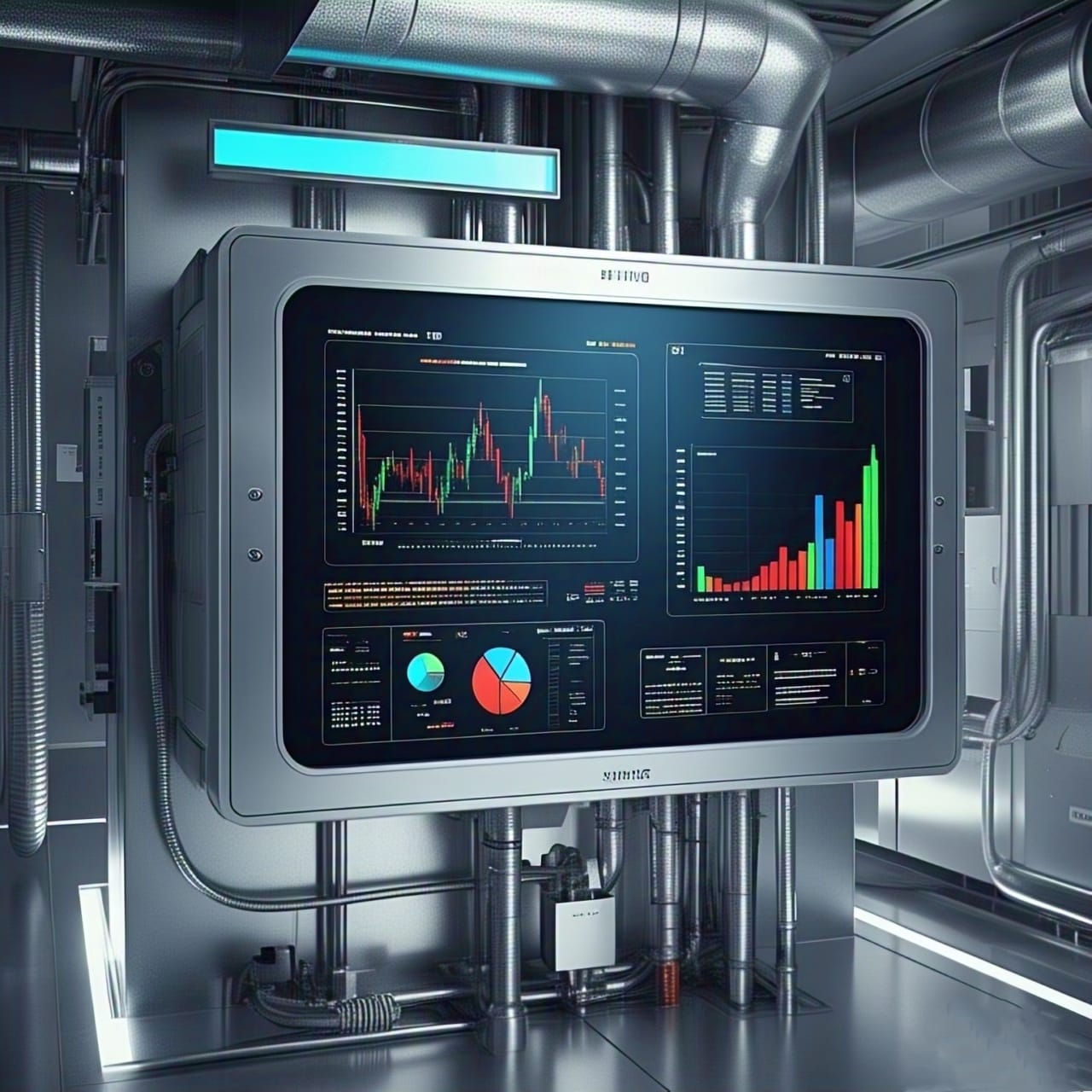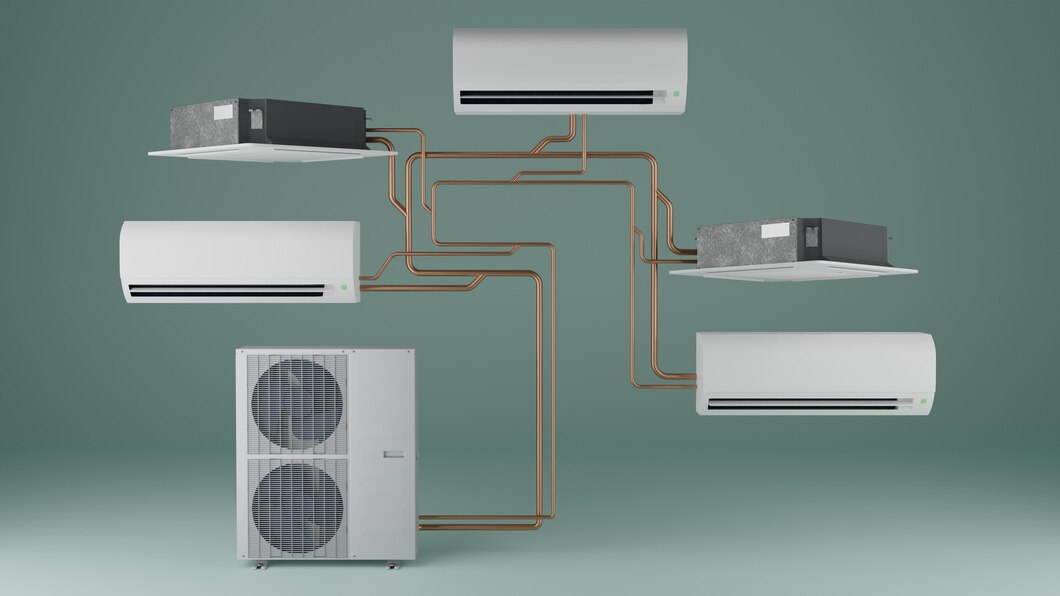Ventilation: Essential for Indoor Air Quality
Proper ventilation is a critical component of maintaining good indoor air quality and ensuring the efficiency of your HVAC system. Ventilation helps to remove stale air, reduce indoor pollutants, and bring in fresh outdoor air. This process is vital for creating a healthy and comfortable living environment. Learn more about the importance of ventilation for indoor air quality and how it can benefit your home.

One of the primary functions of ventilation is to control humidity levels within your home. Excess humidity can lead to the growth of mold and mildew, which can negatively impact air quality and cause health issues. By using exhaust fans in areas prone to moisture, such as bathrooms and kitchens, you can effectively reduce humidity levels and prevent mold growth. For tips on controlling humidity through proper ventilation, visit our humidity management guide.
Ventilation also plays a significant role in reducing the concentration of indoor pollutants. Common indoor pollutants include dust, pet dander, volatile organic compounds (VOCs), and carbon dioxide. Adequate ventilation helps to dilute these pollutants, making the indoor air healthier to breathe. For more information on how ventilation reduces indoor pollutants, see our indoor air quality resources.
Another crucial aspect of ventilation is its impact on overall HVAC system efficiency. Properly ventilated spaces allow HVAC systems to operate more efficiently by reducing the load on heating and cooling equipment. This not only extends the lifespan of your HVAC system but also helps in lowering energy costs. Explore how ventilation enhances HVAC efficiency and saves energy.

There are various types of ventilation systems available, each designed to meet different needs. Natural ventilation relies on the passive flow of outdoor air through windows and vents, while mechanical ventilation uses fans and ductwork to actively circulate air. Heat recovery ventilators (HRVs) and energy recovery ventilators (ERVs) are advanced systems that exchange stale indoor air with fresh outdoor air while transferring heat and humidity to maintain energy efficiency. Learn about the different types of ventilation systems and find the right one for your home.
Ensuring your home has proper ventilation is essential for maintaining a healthy living environment and optimizing your HVAC system’s performance. Regularly check and clean ventilation components, such as filters and ducts, to ensure they are functioning effectively. For a comprehensive guide on ventilation maintenance and best practices, visit our maintenance tips page.
By understanding and implementing effective ventilation strategies, you can significantly improve your home’s indoor air quality and enhance the efficiency of your HVAC system.
The Role of Smart Thermostats in Modern HVAC Systems
Smart thermostats are revolutionizing the way we manage our home’s heating and cooling needs. One of the primary benefits of smart thermostats is their ability to be controlled remotely. With a smart thermostat, you can adjust your home’s temperature from anywhere using your smartphone or tablet. This feature is especially useful for making real-time adjustments based on your schedule, ensuring that you come home to a comfortable environment while also saving energy when you’re not there. Learn more about how remote control features can enhance your HVAC system’s efficiency.

Another significant advantage of smart thermostats is their ability to learn your preferences and adjust temperatures automatically. These devices use advanced algorithms and sensors to analyze your daily routines and optimize heating and cooling schedules. Over time, a smart thermostat can help you achieve substantial energy savings by reducing the workload on your HVAC system when it’s not needed. For a detailed look at the energy-saving capabilities of smart thermostats, check out our comprehensive guide.
Smart thermostats also offer integration with other smart home devices, creating a cohesive home automation experience. For example, they can work in conjunction with smart lights, security systems, and even voice-controlled assistants like Amazon Alexa or Google Home. This integration allows for seamless control of various aspects of your home environment, enhancing both convenience and efficiency. Discover more about smart home integration and how it can benefit your HVAC system.

Additionally, smart thermostats provide detailed usage reports and insights into your energy consumption patterns. These reports can help you identify opportunities to improve efficiency and reduce costs. By understanding how and when you use energy, you can make informed decisions about adjusting your thermostat settings and implementing energy-saving strategies. To explore how usage reports can help you optimize your HVAC system’s performance, visit our resources page.
Finally, the installation of a smart thermostat can lead to significant long-term savings. While the initial investment may be higher compared to traditional thermostats, the energy savings and enhanced control capabilities often result in a quick return on investment. Many utility companies also offer rebates and incentives for installing energy-efficient devices, further offsetting the cost. For information on rebates and incentives available for smart thermostats, see our detailed guide.











It’s a good work thanks
Mana in sa kam kam karwaya ha buht Acha kam karta han
I impressed